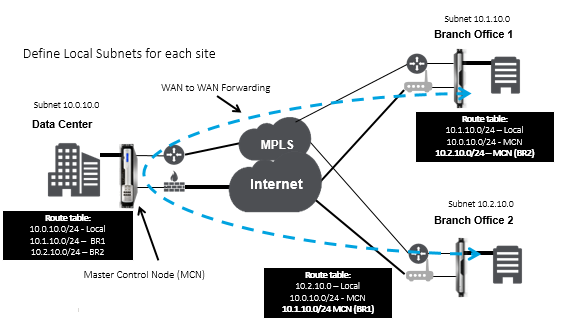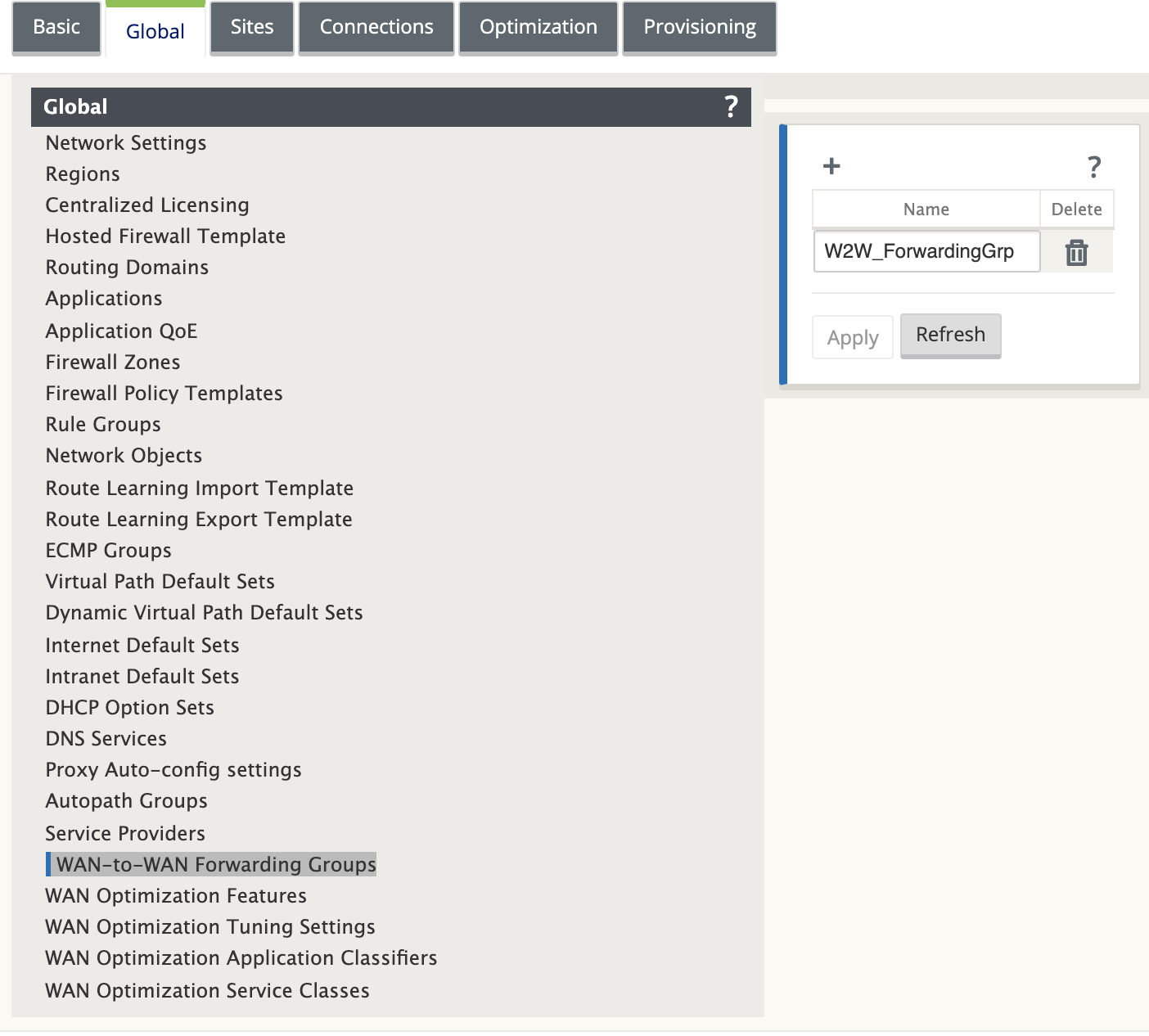-
Configuration guide for Citrix Virtual Apps and Desktops™ workloads
-
Citrix SD-WAN Orchestrator™ on-premises configuration on Citrix SD-WAN appliance
-
-
This content has been machine translated dynamically.
Dieser Inhalt ist eine maschinelle Übersetzung, die dynamisch erstellt wurde. (Haftungsausschluss)
Cet article a été traduit automatiquement de manière dynamique. (Clause de non responsabilité)
Este artículo lo ha traducido una máquina de forma dinámica. (Aviso legal)
此内容已经过机器动态翻译。 放弃
このコンテンツは動的に機械翻訳されています。免責事項
이 콘텐츠는 동적으로 기계 번역되었습니다. 책임 부인
Este texto foi traduzido automaticamente. (Aviso legal)
Questo contenuto è stato tradotto dinamicamente con traduzione automatica.(Esclusione di responsabilità))
This article has been machine translated.
Dieser Artikel wurde maschinell übersetzt. (Haftungsausschluss)
Ce article a été traduit automatiquement. (Clause de non responsabilité)
Este artículo ha sido traducido automáticamente. (Aviso legal)
この記事は機械翻訳されています.免責事項
이 기사는 기계 번역되었습니다.책임 부인
Este artigo foi traduzido automaticamente.(Aviso legal)
这篇文章已经过机器翻译.放弃
Questo articolo è stato tradotto automaticamente.(Esclusione di responsabilità))
Translation failed!
WAN-to-WAN forwarding
Enabling WAN-to-WAN forwarding on the MCN, allows the MCN to advertise remote site routes.
- Clients are aware of MCN local routes and other client site routes
- From client perspective, all routes are considered as MCN routes
When WAN-to-WAN forwarding is not enabled on the MCN, Branch to Branch communication issues are encountered in the customer network.
Appliances running in client mode are unaware of other branches subnets until WAN-to-WAN forwarding is enabled on the MCN. Enabling this option makes the branch SD-WAN nodes aware of other branch subnets. The traffic destined to other branches is forwarded to MCN. MCN routes it to the correct destination.

WAN-to-WAN Forwarding Groups
The WAN-to-WAN Forwarding Group is used to allow client sites to communicate through an intermediary site with each other.

In previous releases, only a single WAN-to-WAN forwarding group was allowed. In current releases, this number is unrestricted. When enabled the routing tables are shared between the site with WAN-to-WAN forwarding enabled and all client site in the specific WAN-to-WAN group. Also, when using Dynamic Virtual Paths WAN-to-WAN forwarding must be enabled. By default, all sites are in a default WAN-to-WAN forwarding group.

Share
Share
In this article
This Preview product documentation is Cloud Software Group Confidential.
You agree to hold this documentation confidential pursuant to the terms of your Cloud Software Group Beta/Tech Preview Agreement.
The development, release and timing of any features or functionality described in the Preview documentation remains at our sole discretion and are subject to change without notice or consultation.
The documentation is for informational purposes only and is not a commitment, promise or legal obligation to deliver any material, code or functionality and should not be relied upon in making Cloud Software Group product purchase decisions.
If you do not agree, select I DO NOT AGREE to exit.